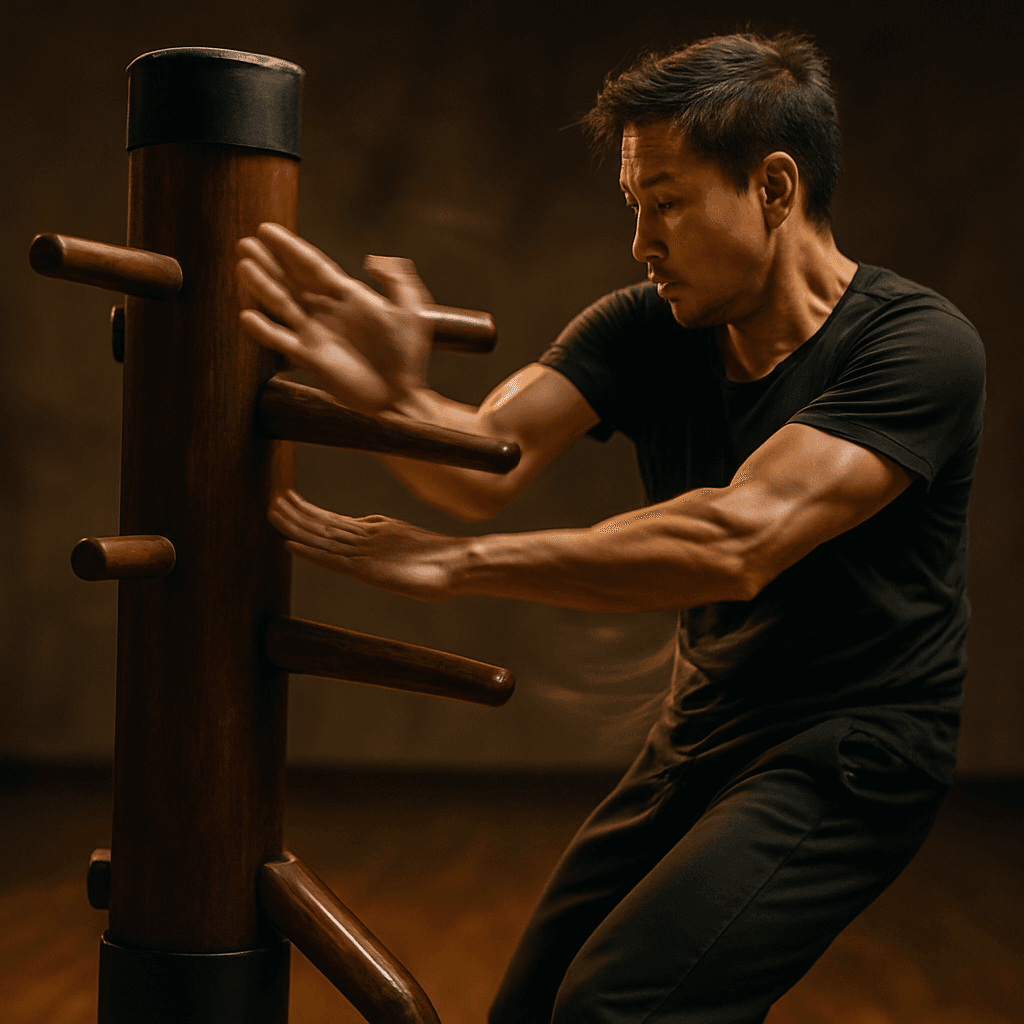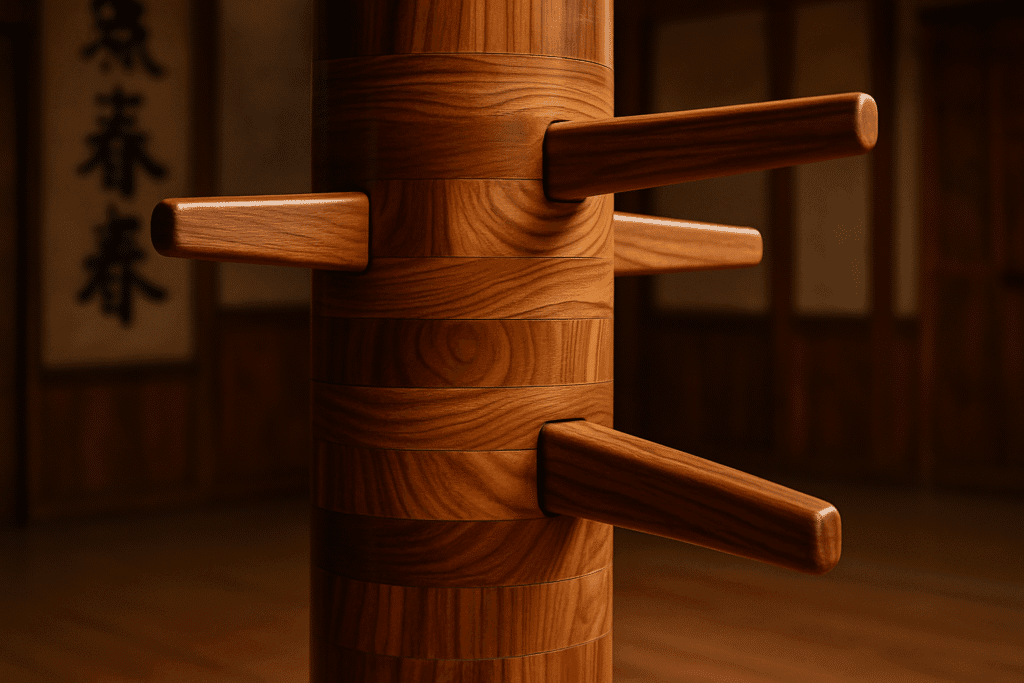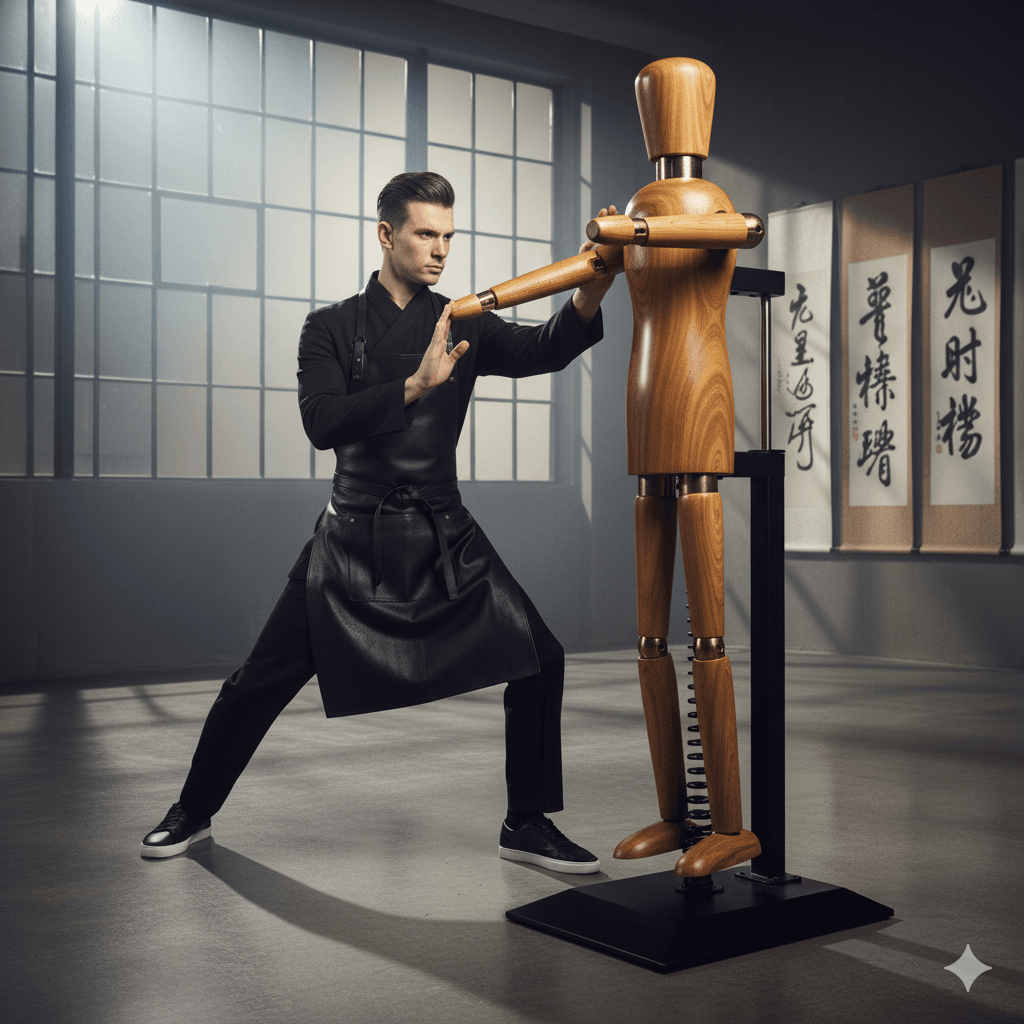As a martial artist, I’m always looking for ways to deepen my practice and improve my skills.
The Wing Chun wooden dummy, or ‘Muk Yan Jong,’ has always fascinated me.
It’s an iconic training tool, deeply rooted in the history of Wing Chun Kung Fu.
For those of us who train at home, a heavy-duty freestanding Wing Chun dummy is an absolute game-changer.
It brings the essence of traditional training right into your personal space, offering a robust and reliable partner for countless hours of practice.
I remember the first time I trained with a dummy.
The immediate feedback it provided was unlike anything I had experienced before.
It wasn’t just about hitting something; it was about precision, structure, and flow.
A freestanding dummy takes this experience and makes it accessible, removing the need for permanent installation while still providing the stability required for intense training.
Let’s dive into why these incredible tools are so valuable and what to look for when choosing one.
The Unrivaled Benefits of Training with a Wing Chun Dummy
Training with a Wing Chun dummy offers a multitude of benefits that can significantly enhance a martial artist’s development.
It’s not just a piece of wood; it’s a silent, unyielding partner that helps refine techniques and build crucial attributes.
From my own experience, the dummy has been instrumental in transforming my understanding of Wing Chun principles.
One of the primary advantages is the development of proper structure and body mechanics [1].
When you strike or apply techniques to the dummy, it provides immediate, honest feedback.
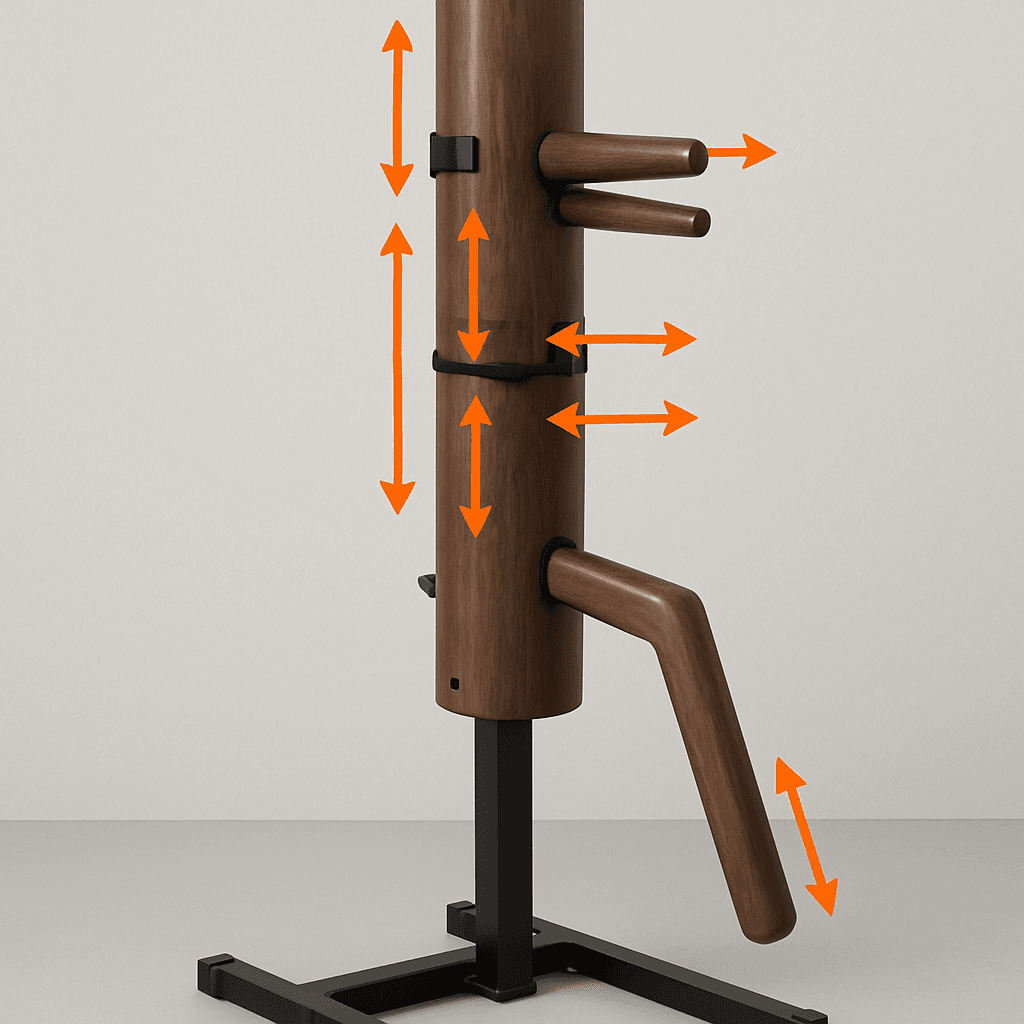
If your structure is weak, you’ll feel it – the dummy won’t yield, and your force will dissipate.
This constant feedback loop forces you to correct and strengthen your stances, angles, and overall body alignment.
It’s like having a strict, yet patient, teacher always pointing out your flaws.
Another significant benefit is the improvement of timing and coordination [2].
The dummy’s fixed arms and leg positions allow for repetitive practice of specific movements, helping to ingrain muscle memory.
This repetition, in turn, sharpens your ability to flow seamlessly between techniques, anticipating and reacting with greater precision.
I’ve found that practicing drills on the dummy directly translates to more fluid and effective movements during sparring.
The dummy is also excellent for developing power and conditioning [1].
The repeated striking and deflecting against its sturdy limbs build upper body strength, particularly in the arms, shoulders, and core.
It teaches you to generate power from your entire body, rather than just your arms, a core principle of Wing Chun.
The sheer physical exertion involved in a dedicated dummy session can also be a fantastic workout, improving stamina and endurance.
Furthermore, it aids in attacking the centerline and understanding human anatomy[3].
The dummy is designed to mimic a human opponent, with its arms representing an opponent’s limbs and its central post representing the body’s centerline.
Training with it helps you instinctively target vulnerable areas and maintain control of the centerline, a strategic advantage in Wing Chun.
It’s a safe way to practice aggressive entries and trapping techniques without harming a training partner.
Finally, and perhaps most importantly for mental well-being, training with the dummy can be a great stress reliever and focus enhancer [4].
The rhythmic, focused nature of dummy practice allows you to clear your mind and immerse yourself in the present moment.
It’s a meditative process that builds mental resilience alongside physical prowess.
After a challenging day, a session with the dummy often leaves me feeling refreshed and centered.
Key Features of a Heavy-Duty Freestanding Wing Chun Dummy
When considering a heavy-duty freestanding Wing Chun dummy, several key features differentiate a good training tool from a great one.
Understanding these aspects is crucial for making an informed decision that will support your training for years to come.
I’ve learned through experience that investing in a quality dummy pays dividends in your martial arts journey.
Stability and Weight: The most critical feature of a freestanding dummy is its stability.
Unlike traditional wall-mounted dummies, a freestanding unit relies on a heavy base to remain upright and absorb impact.
Look for dummies with a substantial base, often fillable with sand or water, to ensure it doesn’t tip over during intense training sessions.
A dummy that wobbles or moves excessively will hinder your ability to practice powerful techniques and can even be a safety hazard.
The heavier the base, the more stable the dummy will be, allowing for maximum power delivery [5].
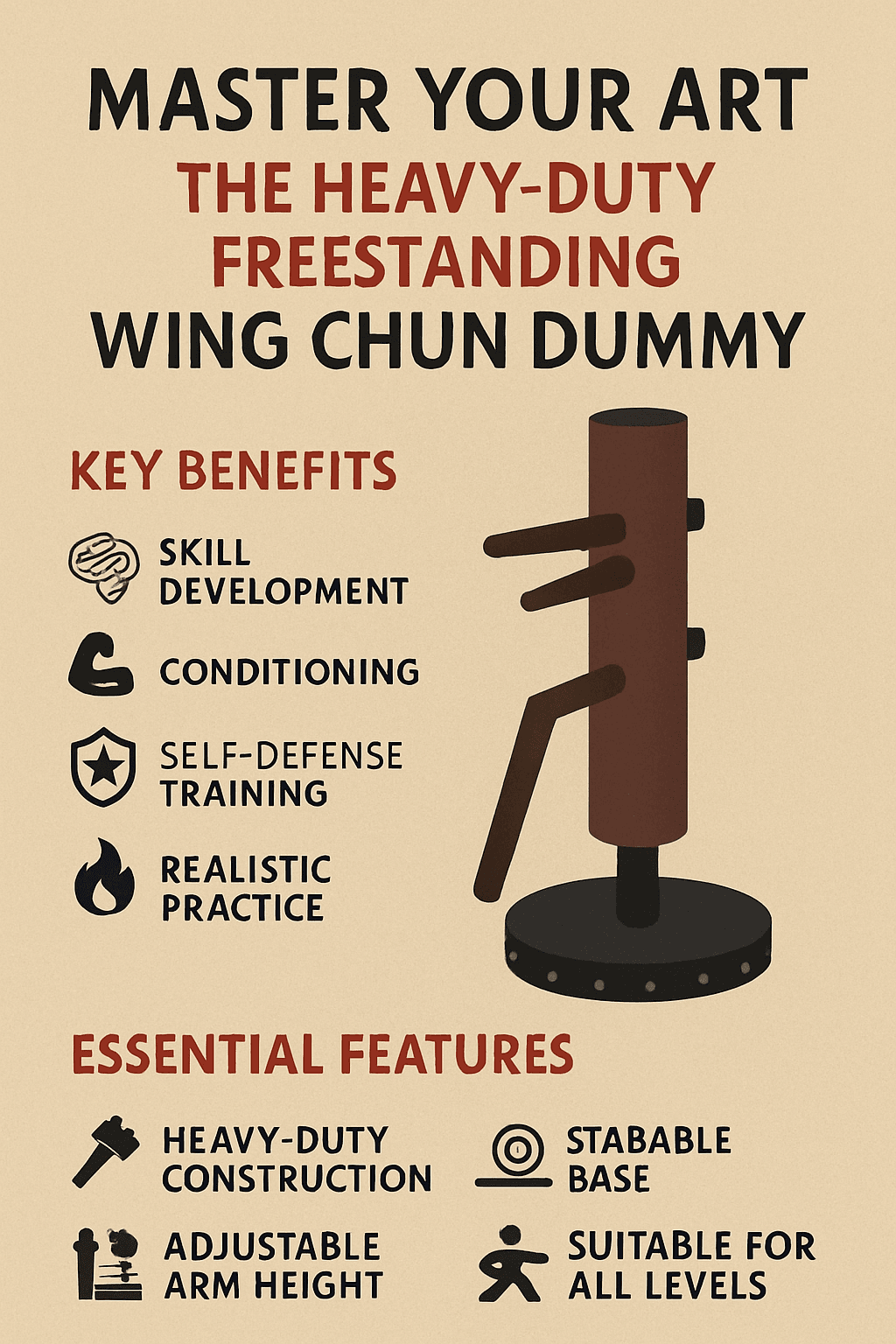
Material Quality: The dummy itself is traditionally made from wood, with various types offering different levels of durability and feel.
Hardwoods like oak, ash, or elm are preferred for their resilience and ability to withstand repeated strikes.
Some modern dummies might incorporate high-density plastics or synthetic materials, which can also be durable and require less maintenance.
The quality of the wood or material directly impacts the lifespan and responsiveness of the dummy. I personally prefer the feel of a well-crafted wooden dummy; it just feels more authentic.
Adjustability: A good freestanding dummy should offer some level of adjustability to accommodate different practitioners and training needs.
This often includes height adjustment for the main trunk, allowing you to set it to your ideal training height [6].
Additionally,
the dummy arms and leg positions should ideally be adjustable.
Some models allow for the arms to be set in staggered or almost leveled positions, mimicking various opponent stances [7].
This versatility ensures that the dummy can grow with you as your skills evolve.
Arm and Leg Configuration: The standard Wing Chun dummy features three arms and one leg.
The placement and angle of these limbs are crucial for simulating an opponent’s structure.
Pay attention to the spacing between the arms and the leg, as this affects the realism of your training.
For example, the space between the mid-arm and leg, and between the tips of the two upper arms, are important dimensions to consider [8].
These configurations are designed to help you practice specific Wing Chun forms and applications, such as attacking the centerline and controlling an opponent’s limbs.
Recoil and Reaction: While a freestanding dummy needs to be stable,
some designs incorporate a degree of recoil or reaction to simulate a live opponent.
This can be achieved through spring-loaded bases or flexible mounting systems that allow the dummy to move slightly upon impact.
This subtle movement can help develop your sensitivity and ability to follow through with techniques, much like you would against a real person.
Some advanced stands are designed to accommodate users of various heights and provide a realistic recoil reaction [9].
Choosing the right heavy-duty freestanding Wing Chun dummy is an investment in your martial arts journey.
By focusing on stability, material quality, adjustability, and realistic limb configuration, you can find a training partner that will help you hone your skills for years to come.
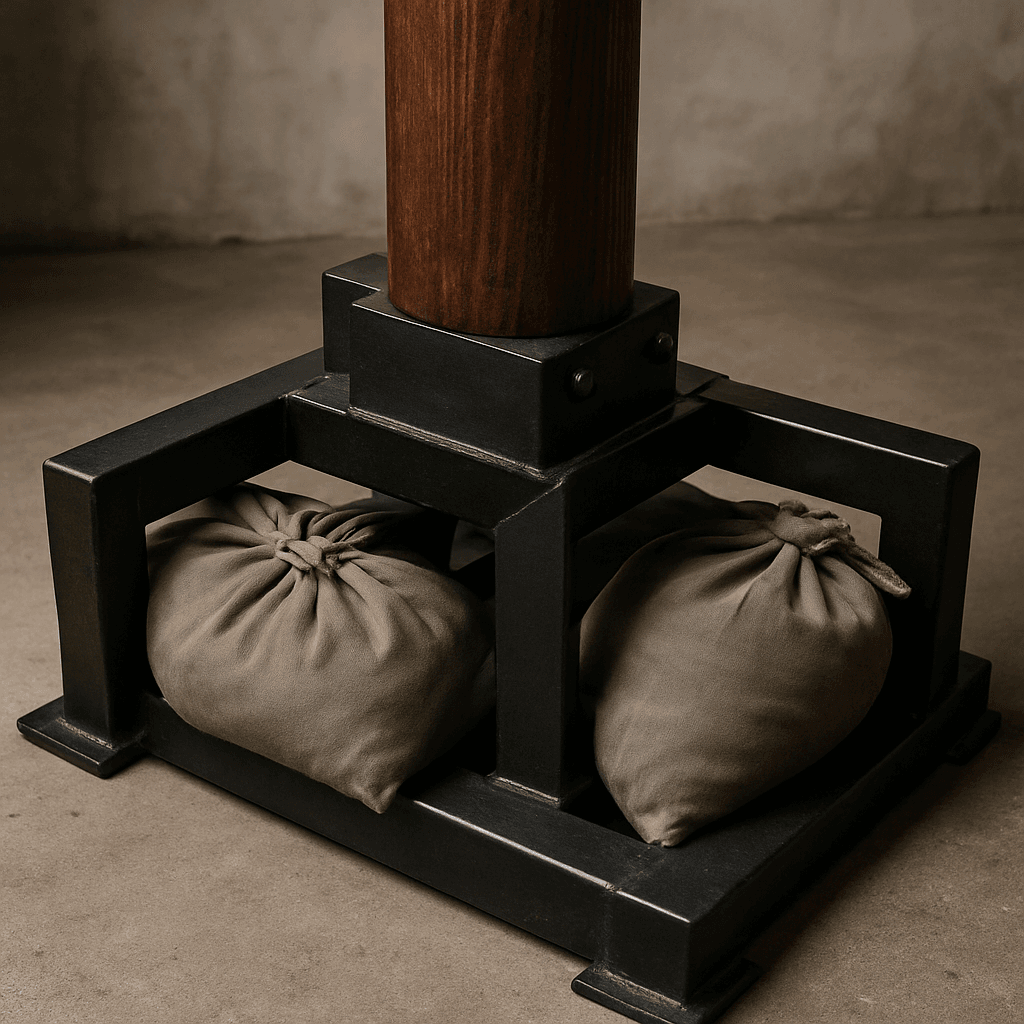
How to Train Effectively with Your Freestanding Wing Chun Dummy
Acquiring a heavy-duty freestanding Wing Chun dummy is just the first step; the real journey begins with how you utilize it in your training.
It’s a versatile tool, but to truly unlock its potential, you need a structured approach.
I’ve found that combining foundational drills with creative application makes for the most rewarding sessions.
Start with the Forms:
If you’re familiar with Wing Chun, you know the importance of the wooden dummy form (Muk Yan Jong Fat).
This form is a comprehensive system of movements designed specifically for the dummy.
It teaches you how to flow around the dummy, control its limbs, and apply Wing Chun principles in a dynamic context.
Don’t rush through it; focus on precision, structure, and the feeling of connection with the dummy.
Break down the form into smaller sections and master each part before linking them together.
Focus on Footwork and Position: The dummy is an excellent tool for refining your footwork and maintaining optimal positioning [10].
Practice moving around the dummy, entering and exiting, and changing angles.
Your footwork should be fluid and efficient, allowing you to control distance and create advantageous positions.
The dummy will expose any weaknesses in your footwork, as you’ll find yourself off-balance or unable to generate power if your stance isn’t solid.
I often dedicate entire sessions just to footwork drills around the dummy, moving in and out, circling, and pivoting.
Develop Sensitivity and Energy Flow: While the dummy is inanimate, it can still help you develop sensitivity.
Pay attention to the feedback you receive from its arms and leg.
Learn to feel the pressure, the angles, and how your force is being absorbed or redirected.
This isn’t just about brute strength; it’s about understanding the flow of energy and how to manipulate it.
Practice sticking to the dummy’s limbs, maintaining contact, and feeling for openings.
This tactile feedback is invaluable for developing ‘chi sao’ (sticking hands) sensitivity.
Practice Specific Techniques and Combinations: Beyond the form, use the dummy to drill specific techniques and combinations.
Work on your straight punches, pak sao, lap sao, bong sao, and other core Wing Chun movements.
Practice entering with a strike, trapping an arm, and following up with another strike.
The dummy allows for endless repetitions, helping to engrain these movements into your muscle memory. It’s also a great way to test the effectiveness of your techniques against a solid, unyielding object.
Simulate Real-Life Scenarios: Once you’re comfortable with the basics, start to simulate real-life scenarios.
Imagine the dummy as an opponent and react accordingly.
Practice defending against imagined attacks, creating openings, and executing your techniques under pressure.
This mental visualization, combined with the physical practice, can significantly improve your ability to apply Wing Chun in a practical self-defense situation.
Remember, the dummy is a tool to prepare you for a dynamic, unpredictable opponent.
Consistency is Key: Like any training, consistency is paramount.
Regular, focused sessions with your heavy-duty freestanding Wing Chun dummy will yield the best results.
Even short, daily sessions can be more effective than infrequent, long ones.
Make it a part of your routine, and you’ll soon see significant improvements in your structure, power, timing, and overall Wing Chun proficiency.
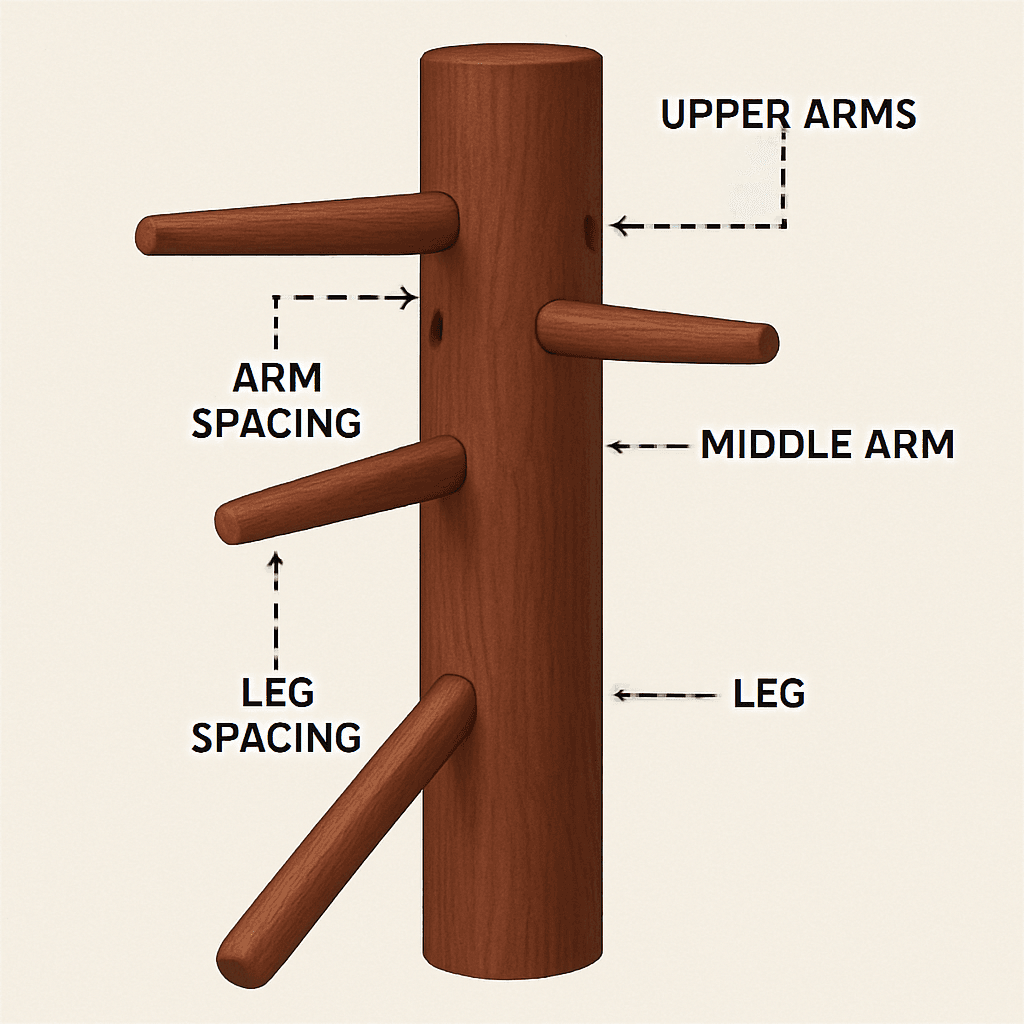
Conclusion
The heavy-duty freestanding Wing Chun dummy is more than just a training aid; it’s a dedicated partner in your martial arts journey.
It offers unparalleled opportunities to refine your structure, enhance your timing, develop explosive power, and deepen your understanding of Wing Chun principles.
From the immediate feedback it provides to its ability to simulate an opponent, this tool is invaluable for both beginners and seasoned practitioners.
I truly believe that incorporating dummy training into your routine will elevate your skills and confidence.
It’s an investment in your growth as a martial artist, allowing you to practice with intensity and precision in the comfort of your own space.
So, embrace the challenge, dedicate yourself to the practice, and watch as your Wing
Chun evolves with every strike and block against your sturdy, silent partner.

